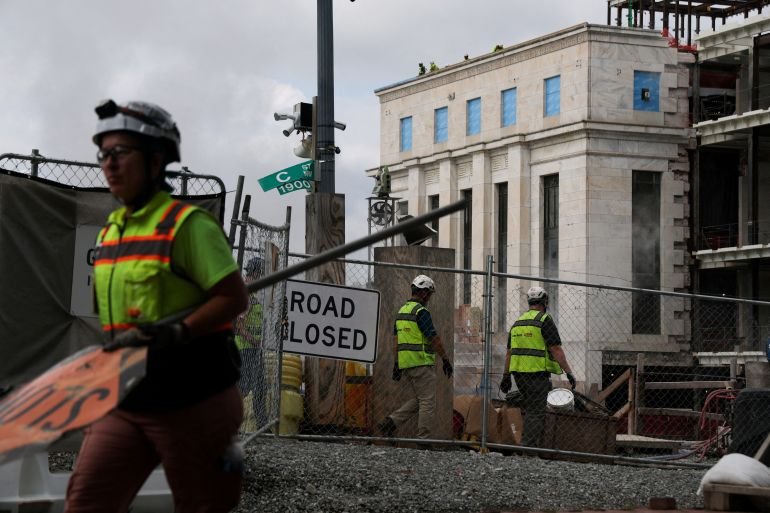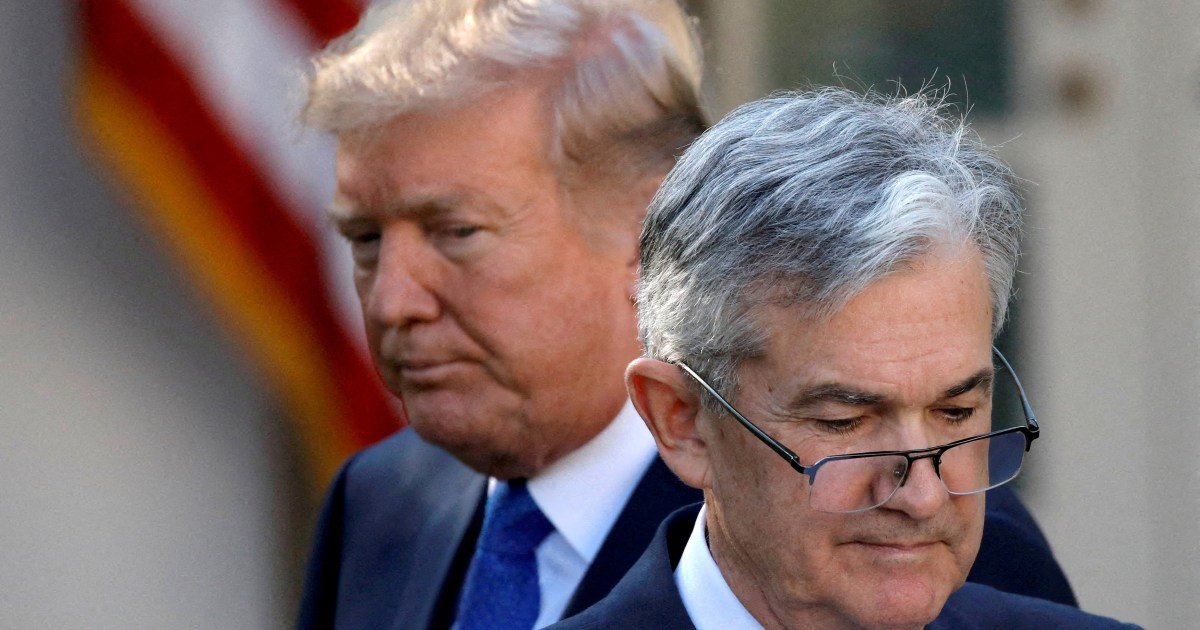In the summer of 2025, President Donald Trump has been vocal in his criticism of Jerome Powell, the Chairman of the Federal Reserve, for not lowering interest rates more rapidly.
While tensions between presidents and Fed leaders are not new in American history, Trump’s approach has been particularly confrontational, with threats to dismiss Powell and calls for his resignation.
This ongoing feud has sparked worries about the potential erosion of the Fed’s independence, which could pose significant risks to the U.S. economy.
What are Trump’s specific criticisms of Powell?
Trump’s primary issue lies with the Fed’s decision to maintain its benchmark interest rate between 4.25% and 4.50%. He argues that a reduction to around 1% would better stimulate economic growth by lowering borrowing costs.
Although inflation remains moderate, Powell and his team express concerns that rising prices could be exacerbated by Trump’s trade tariffs.
Since appointing Powell, Trump has ramped up his attacks, particularly since April, when he labeled Powell as “a major loser” and “numbskull,” suggesting that his removal couldn’t come soon enough.
Additionally, Trump has sought input from Republican lawmakers regarding the potential firing of Powell, further complicating the political narrative.
As Trump continues his social media onslaught against the chairman, other prominent figures from the White House have joined the critique. For instance, Budget Director Russell Vought recently condemned Powell for allegedly mishandling the Fed’s $2.5 billion headquarters renovation in Washington, D.C.
On a related note, U.S. Treasury Secretary Scott Bessent recently expressed the need for a comprehensive review of the Federal Reserve’s operations, citing concerns about exceeding its core mission.
In a recent CNBC interview, I called for an internal audit of the Federal Reserve to address its expanding scope beyond monetary policy. Concerns over significant mission creep need to be addressed urgently.
— Treasury Secretary Scott Bessent (@SecScottBessent) July 21, 2025
Can Trump actually remove Powell?
Removing the Fed chairman is markedly more challenging compared to heads of other independent federal agencies. According to the Federal Reserve Act of 1913, the president can dismiss the chair “for cause,” broadly interpreted to mean direct evidence of misconduct.
A crucial Supreme Court ruling from 1935 reinforced the Fed’s protections against political maneuvering, stating that heads of independent agencies cannot be dismissed without valid cause.
David Wilcox, an expert from the Peterson Institute for International Economics, notes that the current administration seems to be focusing on the controversial renovation project as a potential rationale to dismiss Powell.
“The narrative being woven around alleged mismanagement of the renovations might serve as a pretext for firing Powell under the guise of ‘for cause,’” Wilcox added in an interview.
Have similar campaigns occurred before?
Historically, the pressure exerted on the Fed by past presidents, such as Lyndon B. Johnson and Richard Nixon, serves as a precedent. Both leaders pushed for lower interest rates, with Nixon’s interventions potentially contributing to the onset of double-digit inflation in the 1970s.
Mark Spindel, Chief Investment Officer at Potomac River Capital and Fed historian, warns about the long-term consequences of undermining central bank independence: “Sacrificing it for short-term gains can lead to long-lasting economic pain,” he stated.

What impact would Powell’s removal have on the markets?
Speculation around Powell’s potential dismissal has already led to fluctuations in the stock market. On one occasion in July 2025, the S&P 500 dipped by 0.7 percent, and the U.S. dollar weakened by 0.9% as news of Trump consulting Republican lawmakers surfaced.
However, after Trump denied intentions to remove Powell, markets quickly rebounded, highlighting the phenomenon known as the “TACO Trade” – an acronym for “Trump Always Chickens Out.”
If Trump were to carry through with his threats, analysts like Wilcox believe it could significantly undermine market confidence and result in increased borrowing rates and a weaker dollar.
Why might Trump hesitate to fire Powell?
Historian Spindel speculates that Trump may ultimately choose not to dismiss Powell, given that his term concludes in May 2026, allowing Trump to attribute economic challenges to Powell without direct consequences. Moreover, Trump recognizes that a stable stock market is crucial for his business reputation.
“The market serves as an important metric for his success,” Spindel asserts. “Given Trump’s support base in the corporate sector, he likely does not want to jeopardize equity market stability.”

